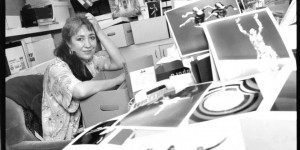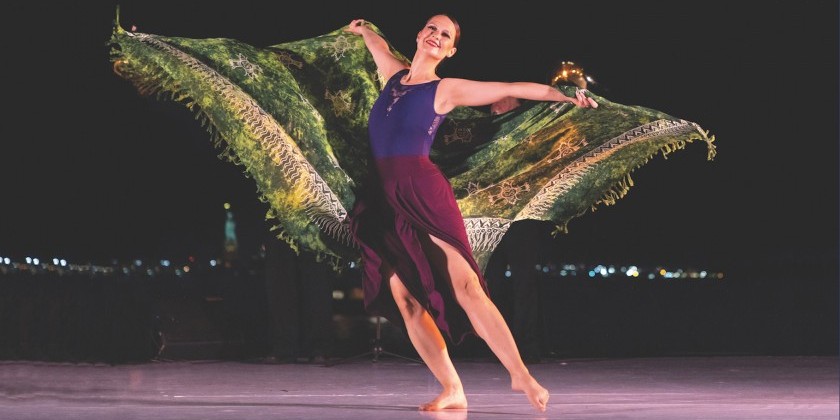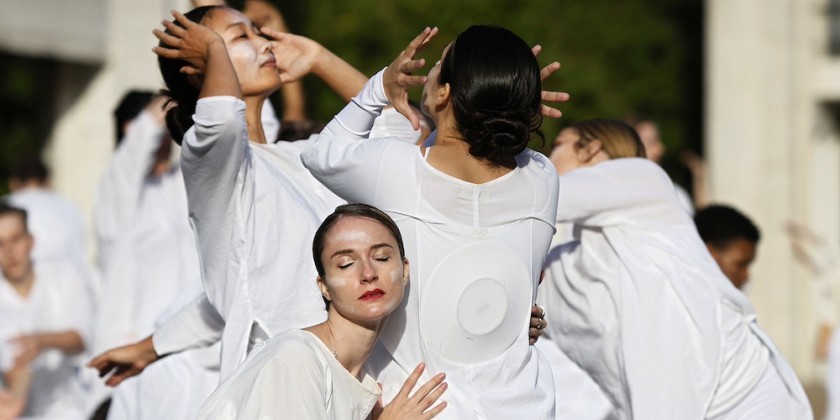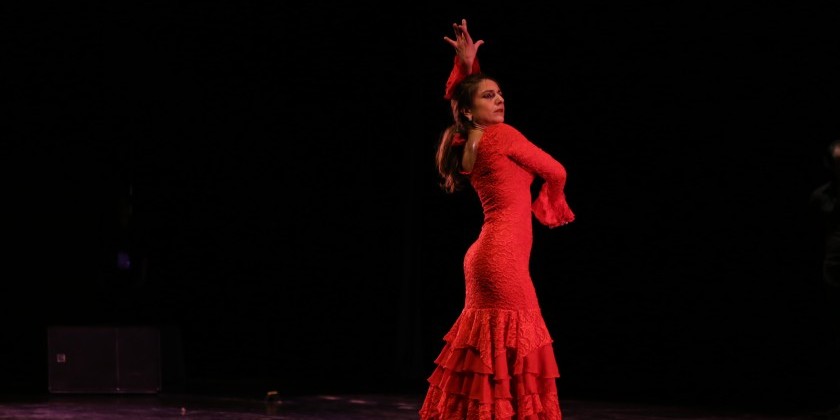What I Will Remember about Steve Jobs and Ruth Currier, Masters of Communication
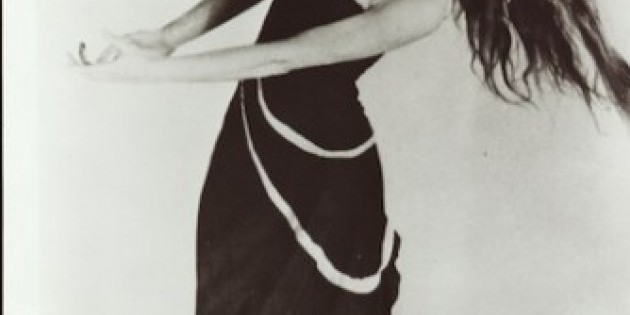
Thank You for Making Technology More Accessible and Dance More Humane
.jpg) |
| Christine Jowers, Photo © Jordan Matter |
There is one thing we all know for certain. One day we will die. I have no idea what will happen when I am dead. Many world religions attempt to answer that question. I cannot.
A bigger question, and one we can presently do something about, is "Why am I here?"
I tell my children that we are here to help one another. I sincerely believe that.
Steve Jobs, the co-founder of Apple Inc., revolutionized the world by changing its vision of technology. People like me, who routinely say they don't understand technology (I like to say I am at two with it) have websites because we were enticed by Job's efforts. He engaged us with his vision and excitement. Everyone I know has been touched by some sort of I- something or another. I cannot think how to communicate without my Apple appendages. Job's work as innovator and CEO of Apple gave clunky computers an elegant and friendly face, accessible to all human beings.
Steve Jobs, the co-founder of Apple Inc., revolutionized the world by changing its vision of technology. People like me, who routinely say they don't understand technology (I like to say I am at two with it) have websites because we were enticed by Job's efforts. He engaged us with his vision and excitement. Everyone I know has been touched by some sort of I- something or another. I cannot think how to communicate without my Apple appendages. Job's work as innovator and CEO of Apple gave clunky computers an elegant and friendly face, accessible to all human beings.
In a small corner of the universe, known as the dance world, Ruth Currier, a dancer, choreographer, and teacher in the Humphrey/Limon tradition helped people remember what it was like to be a dancing human being (as opposed to a technical automaton). I am too young to have seen her dance "live" but I remember trying to learn her part in Doris Humphrey's classic Day On Earth (click here and you can see Ruth's role).
In Day On Earth, the world is reduced to four people. The happenings of their day represent the cycle of life. We see the man, who plants and plows the field; the woman; his wife, a representative of mature love and depth; a young girl, representing the giddiness of first love, and the child representing the best efforts of man and woman, as well as the future. Each character makes their dancing statement until finally, as if saying goodnight and thank you for this time, they gracefully disappear under a blanket for their final sleep. The world is left to the child to carry on the next days work.
I played the part of the young girl; it was Currier’s role. I am not sure if she originated it or not. I did a fine job, playing an exuberant and lighthearted new love. I got to do all the things I love: jump in great arcs, lift my joyful solar plexus up, kick my leg high and play with a great dancer, Peter Sparling. People, people other than my mother, dance people, liked what I did. I was happy about that. But, later when I had the opportunity to see a film of young Ruth Currier performing this role I knew I hadn't even touched the part. Currier was not dancing a young girl in love, she was that spontaneous girl, shivering and playful. The artistic tradition that Currier espoused, the tradition of Doris Humphrey/ Charles Weidman and Jose Limon, revered the weight, breath and depth of “real people” even as they respected form. To be fully human was foremost.
I cannot think how differently I would communicate had I not been exposed to the worlds of Steve Jobs and Ruth Currier. I am only sad to have to thank them for their help posthumously.






